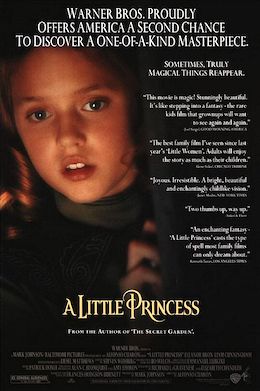Year: 1995, Director: Simon Wells, Nostalgia Score: 3.5/5, Most Recent Watch: Probably sometime in the early 2000's. Fun Fact: According to Wikipedia , director Simon Wells is the great-grandson of H. G. Wells. Unlike the first three movies I watched for this project, I hadn't seen Balto since I was a kid. I did like the movie, and I watched it pretty often. I just haven't watched it since for whatever reason. Between Balto and the live-action movie Iron Will , I did have a brief interest in dog sledding which looked to me like a really badass adventure where you also got to hang out with dogs. Anyway, Balto still holds up as a children's film, but it didn't keep my attention the same way it did when I was younger. The animation is good and the plot is perfectly okay, but the story and characters seemed sort of flat. First off, there are a couple distinct things I remember about watching Balto as a kid. I was under the very firm impression that the ...
A project to virtually recreate my childhood VHS collection. Once a week, I'll be watching a kids' movie released sometime between 1980 and 1999, and writing about the experience of seeing them again as an adult.

Comments
Post a Comment